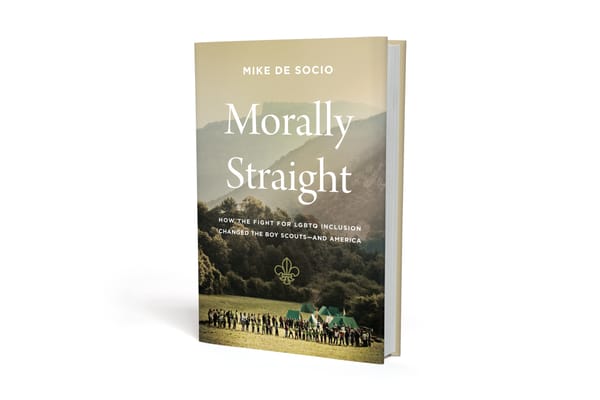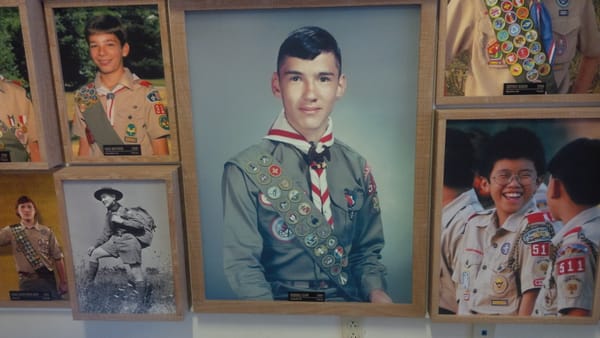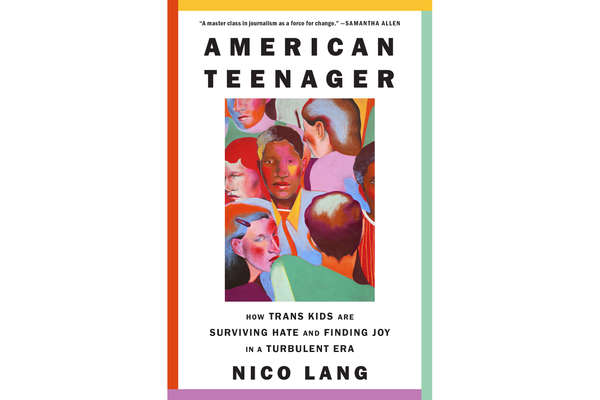What it's like teaching the new Citizenship in Society merit badge
Counselors reflect on the first few months teaching Scouting's new badge focused on diversity, equity and inclusion.
Scouts across the country have wasted no time getting started on the Citizenship in Society badge that was officially released in November.
Whether at troop meetings or virtually on Google Classroom, plenty of scouts have now had the opportunity to complete the requirements. And their scout leaders have some reflections on how the badge turned out.
I spoke with three merit badge counselors who’ve taught the badge in all types of settings. Here are their dispatches from the field.
The kids are alright
Stacey Brideau Capell is no stranger to diversity, equity and inclusion work in Scouting. She founded the Washington, D.C. chapter of Scouts for Equality, and was one of the people who piloted earlier iterations of the Citizenship in Society badge.
Now that the badge is out, she’s one of four approved counselors who can teach it in her council, and is helping train more. The workshops Brideau Capell has helped run so far included 10 to 12 scouts, and most of the conversations took place in smaller groups of four to six. (This is the approach recommended by the counselor guidelines, which discourage the badge being taught at summer camp or in large groups.)
Brideau Capell says the badge has been well-received by her scouts, and she has been floored by the depth of their knowledge and curiosity.
“My kids had a better grasp of a lot of this stuff than I probably had after graduating college. They were just on it,” she said.
For example, during the badge’s first requirement — which asks scouts to explain a series of DEI-related terms — there were a lot of questions about why certain terms, like “unconscious bias,” weren’t included.
“It blew my mind that they had that perspective at such a young age,” Brideau Capell said.
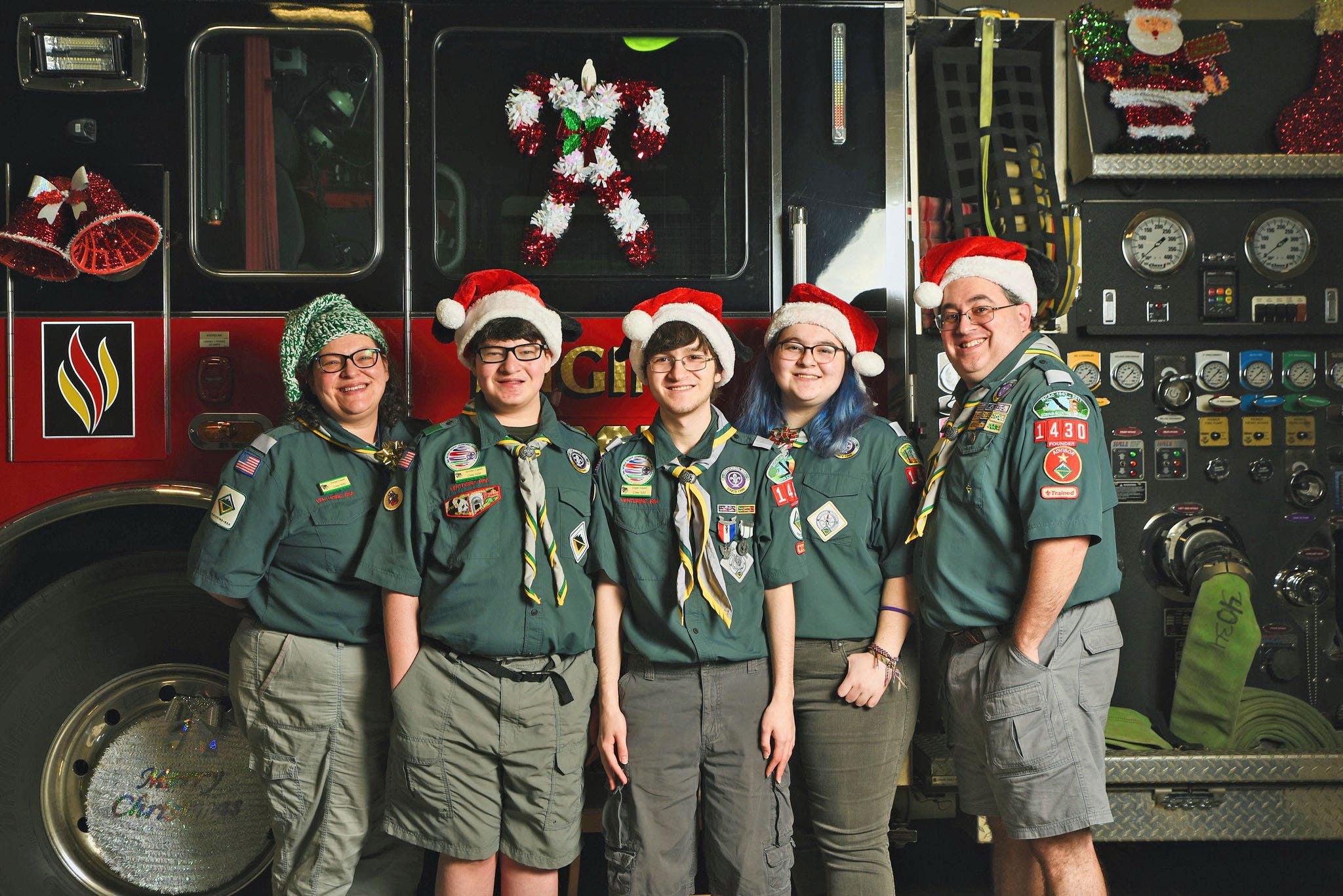
She recognizes that her group is likely not representative of Scouting at large; Brideau Capell’s troop is intentionally nondenominational (it’s chartered by a volunteer fire department) and openly advertises itself as an inclusive unit.
And to be sure, there have also been some stumbling blocks. Brideau Capell said many of the scouts she works with have no experience with advocacy or allyship, and struggled to come up with ideas for the requirements that ask scouts to make an actionable difference.
Some scouts also struggled with requirement six, which asks scouts to connect with someone whose identity differs from theirs. Brideau Capell said some pairings were on opposite sides of a big divide: A white, christian, upper middle class scout speaking to a gay scout of color, for example. The more privileged scouts found themselves apologizing a lot and insisting their experiences of hardship were nothing in comparison to more direct and systemic forms of discrimination.
“That was good in the sense that they recognized it,” she said, “but it was hard for them.”
Brideau Capell’s other frustration with the badge is that the execution will vary widely across the country, depending on how seriously counselors treat it, especially because there’s little source material and no pamphlet to go along with it.
“A whole lot of kids are going to get a poor version of what this should be, and that makes me sad,” she said.
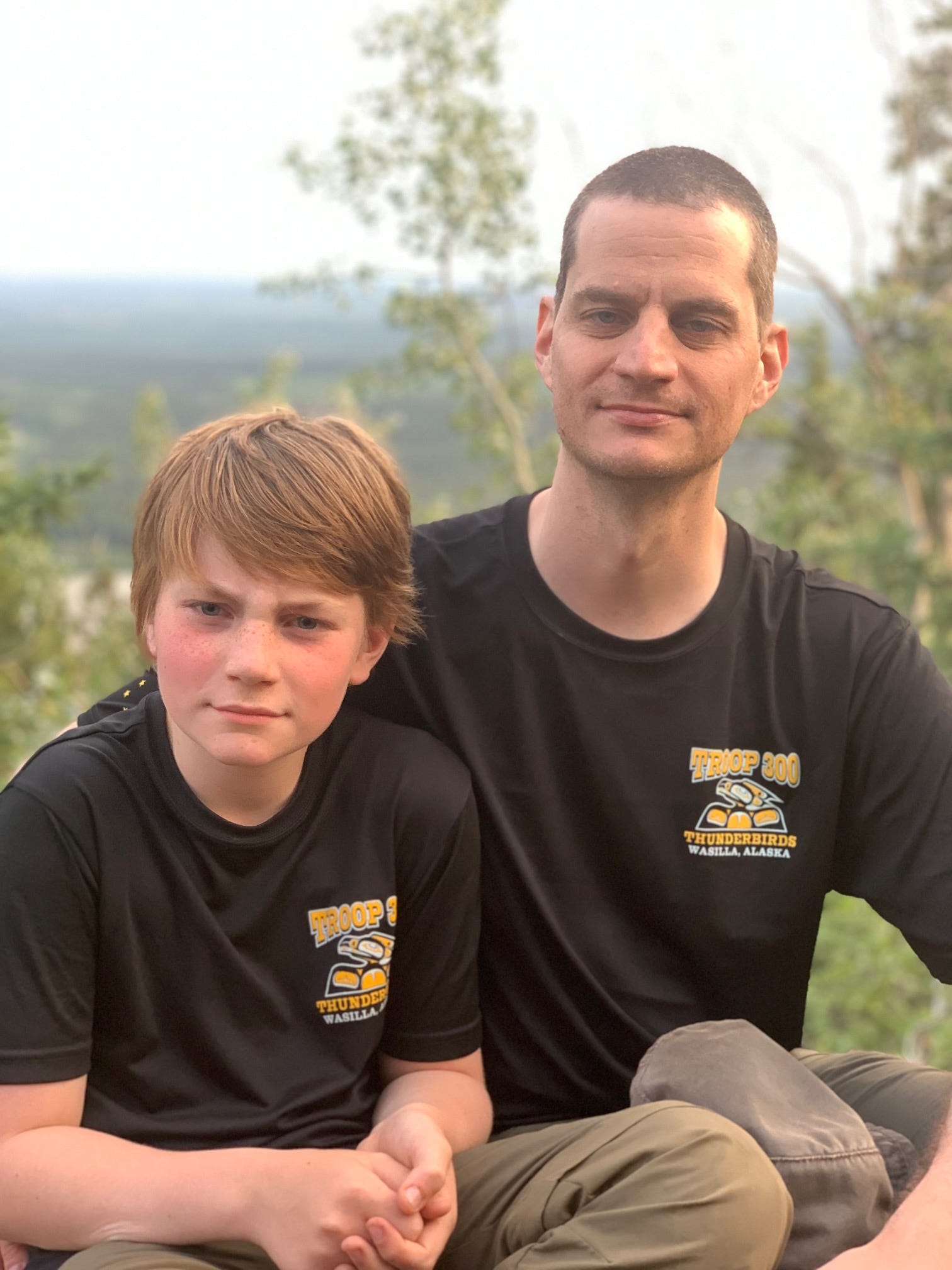
‘Don’t be a jerk’
For assistant scoutmaster Dan Morphis, a lot of the new Citizenship in Society merit badge requirements can be distilled down to a single phrase: “Don’t be a jerk.”
“Given the current state of discourse, we could all use reminders to not be jerks,” Morphis said.
That’s part of what motivated him to become a counselor for the badge in the Alaska troops where his children are scouts. He also felt that the badge was important, and it should be taught by the right people.
“I don’t feel I have a right to complain unless I’m willing to step up, so that’s why I stepped up,” Morphis said.
The first, and so far only, time he’s had the chance to teach the badge was at his troop’s “merit badge lock-in” event, where 40 scouts showed up to chip away at a variety of badges. Morphis said the main challenge of teaching the Citizenship badge in this setting was the sheer size of the group, which made meaningful discussions difficult.
“It makes it really easy for some people to get lost in the weeds, and for other people to dominate the conversation,” Morphis said.
But the scouts still did a good job of remaining respectful and on-topic during the discussions, he said. It helped that Morphis and his co-counselor set up ground rules at the start, and provided food during the event. “If people aren’t hungry, they’re more likely to be engaged,” he said.
Going forward, Morphis plans to teach the badge in smaller groups of six to eight scouts, which he hopes will make for better conversations. He also wants to find ways to emphasize the (cultural, if not racial) diversity that already exists in his troop to show scouts they already know people who are different from them.
“It’s much harder to hate people if you interact with them in person,” Morphis said.
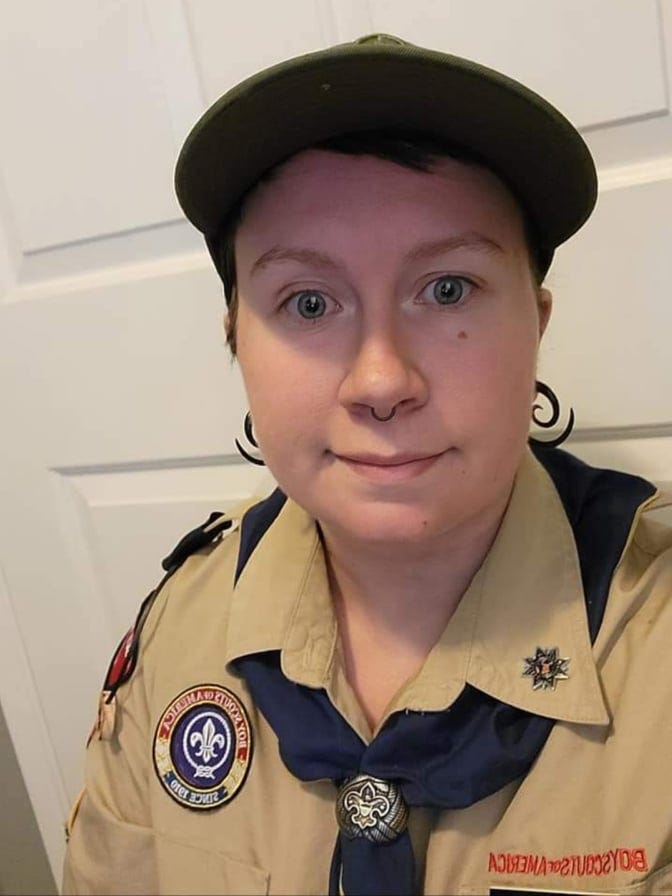
Virtual is less vulnerable
Ash Hennessey has been a merit badge counselor for the better part of a year now, and in that time, they’ve mastered Google Classroom as a teaching platform. It allows scouts to submit assignments individually in a discussion forum, where Hennessey can respond, give feedback and ultimately check off badge requirements.
Hennessey has found that especially useful for the Citizenship in Society badge, which asks scouts to be vulnerable in sharing their experiences and ideas. The virtual format has proved essential in encouraging Scouts to share “raw experiences and emotions,” they said. Hennessey sometimes teaches the badge on Zoom, too, but even there only displays names, and not faces, for each participant.
“If you were to have a Zoom meeting, and you saw every scout’s face while you were talking about your open experiences, it would make more people feel closeted and closed off,” they said.
Hearing what scouts bring to the table for the badge has been a good learning experience for Hennessey, too. While Martin Luther King, Jr., Stonewall and Juneteenth come up in many responses for the badge, Hennessey says they’ve seen some names and events they had never previously heard of.
Hennessey, who’s also a den leader for their daughter’s Cub Scout pack in Seattle, said they’ve also needed to reword some of the badge requirements to help scouts understand them. Requirement number nine, in particular, has tripped up a few scouts that Hennessey has worked with.
And there’s one overall critique of the badge that Hennessey shares with many others: “I think it is very broad, there’s nothing really specific,” they said. “I’d rather it relate more toward diversity,” rather than leadership more generally. “There’s nothing in-depth about it.”
Have you had the chance to be a counselor for the new badge yet? Feel free to share your experience in the comments below.

